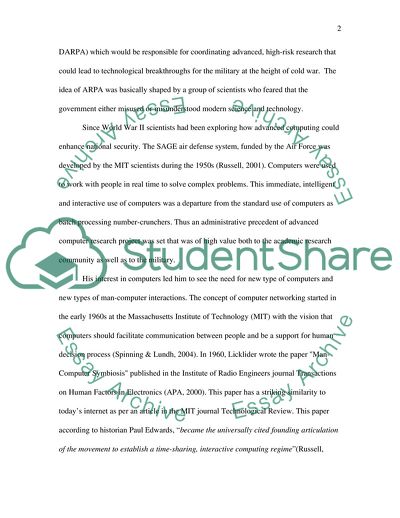Cite this document
(The History of the Internet Article Example | Topics and Well Written Essays - 3500 words, n.d.)
The History of the Internet Article Example | Topics and Well Written Essays - 3500 words. https://studentshare.org/technology/1709152-history-of-the-internet
The History of the Internet Article Example | Topics and Well Written Essays - 3500 words. https://studentshare.org/technology/1709152-history-of-the-internet
(The History of the Internet Article Example | Topics and Well Written Essays - 3500 Words)
The History of the Internet Article Example | Topics and Well Written Essays - 3500 Words. https://studentshare.org/technology/1709152-history-of-the-internet.
The History of the Internet Article Example | Topics and Well Written Essays - 3500 Words. https://studentshare.org/technology/1709152-history-of-the-internet.
“The History of the Internet Article Example | Topics and Well Written Essays - 3500 Words”. https://studentshare.org/technology/1709152-history-of-the-internet.


